Code MNT Plural tögrög Symbol ₮ | 1/100 möngö (мөнгө) möngö (мөнгө) möngö | |
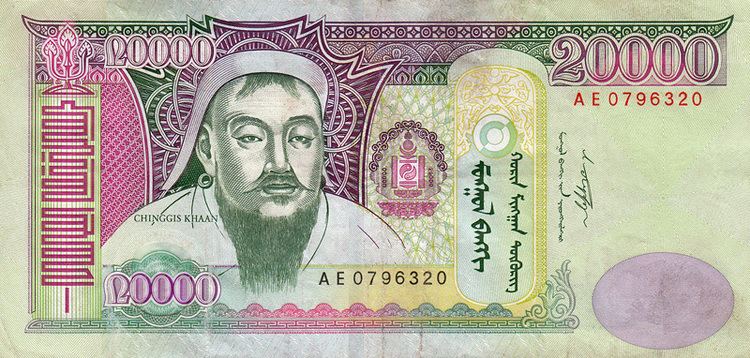 | ||
Banknotes 1, 5, 10, 20, 50, 100, 500, 1,000, 5,000, 10,000, 20,000 tögrög | ||
The tögrög or tugrik (Mongolian: ᠲᠥᠭᠥᠷᠢᠭ, төгрөг, tögrög; sign: ₮; code: MNT) is the official currency of Mongolia. It was historically subdivided into 100 möngö (мөнгө). Currently, the lowest denomination in regular use is the 10-tögrög note and the highest is the 20,000-tögrög note. In unicode, the currency sign is U+20AE ₮ Tugrik sign.
Contents
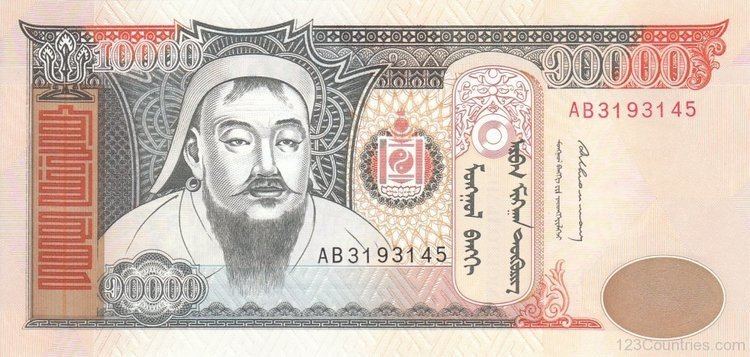
In 2010, the tögrög rose 15% against the dollar, due to the growth of the mining industry in Mongolia. However, its exchange rate eroded by 24% from early 2013 to June 2014 due to falling foreign investment and mining revenue.
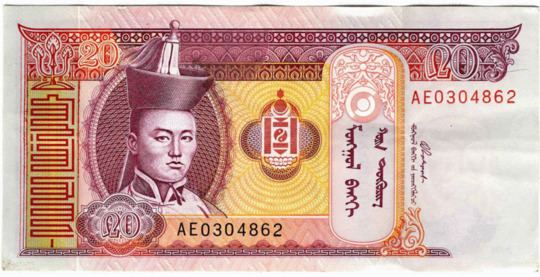
Etymology
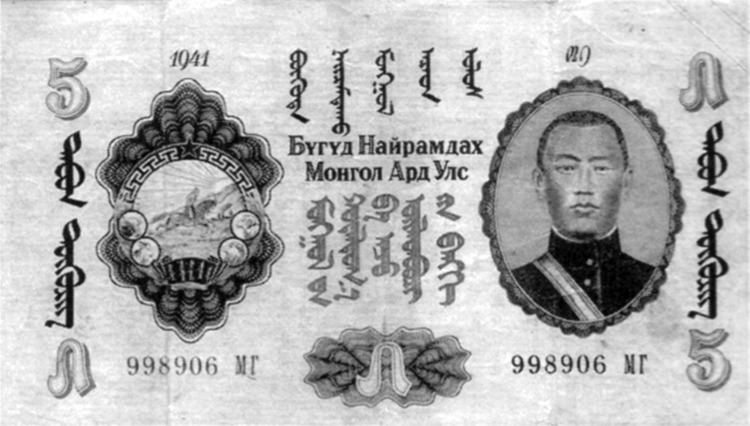
The word tögrög (төгрөг) refers to "circle", or a "circular object" (i.e. a coin), but now is rarely used outside of referring to the currency, with the exception of the phrase tögrög sar (төгрөг сар), meaning "full moon".
History
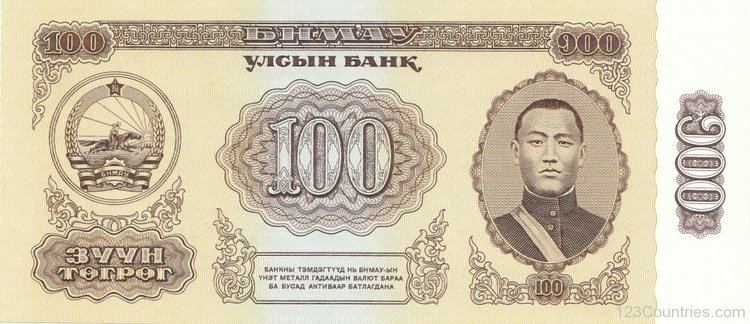
The tögrög was introduced on December 9, 1925 at a value equal to one Soviet ruble, where one ruble or tögrög was equal to 18 grams (0.58 ozt) of silver. It replaced the Mongolian dollar and other currencies and became the sole legal currency on April 1, 1928.
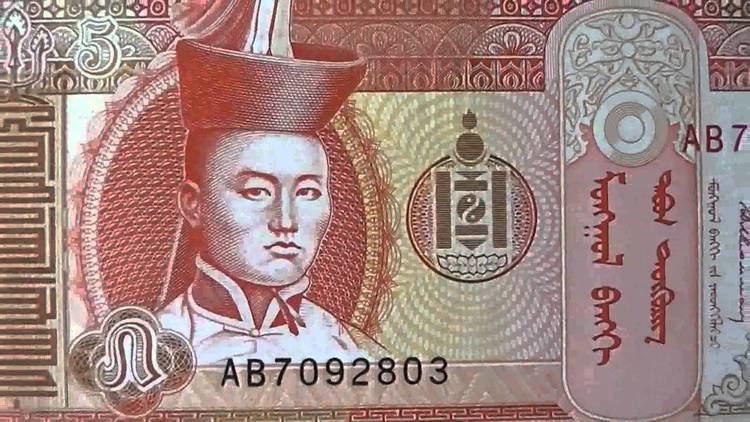
Möngö coins are not in circulation as currency any longer, as they are of negligible value. They are sold to tourists and as novelties and collectibles now.
Coins
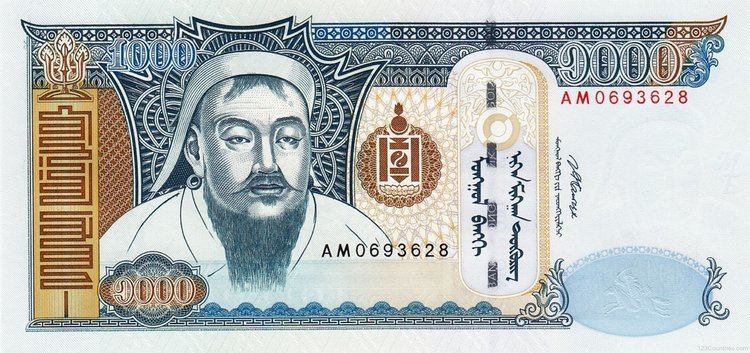
During socialism, the tögrög coin denominations were 1, 2, 5, 10, 15, 20, 50 möngö, and 1 tögrög. After the Mongolian People's Republic came to an end in 1990 and inflation surged, the möngö coins were abandoned and larger tögrög values introduced.
Chinese equivalent
In China, there is a homonymic currency called (arad-un jogos) tügürig, the Mongol name for the Renminbi, which is also divided into 100 mönggü.
Purchasing power
(These figures are up to date as of 2015/01/01)
